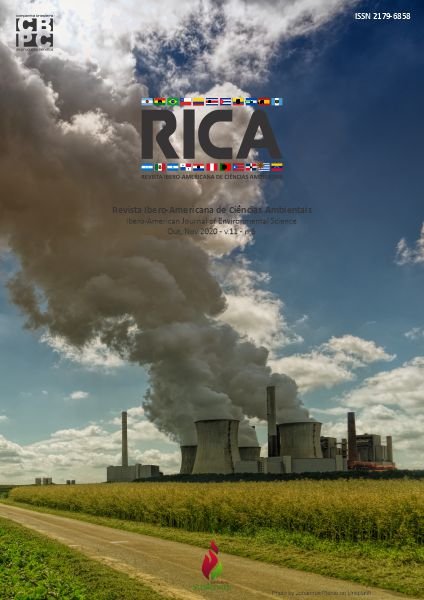Analysis of mobility and accessibility by grouping neighborhoods through space syntax
DOI:
https://doi.org/10.6008/CBPC2179-6858.2020.006.0054Keywords:
Spatial syntax, Mobility, Accessibility, Smart cities, Urban planningAbstract
The article presents the profile of the city of Campina Grande - PB from the perspective of Space Syntax based on the Theory of Social Logic of Space. In the adopted methodology, we used the model that starts from the elaboration of the Road Center Line - RCL map, which served as the basis for obtaining the Angular Segment Analysis, via Depthmap® and QGIS 2.14 software, which generate the syntactic measures presented in the results. The objectives proposed in this study were achieved, as the results obtained demonstrate that spaces with organic and planned characteristics coexist in the city, which reflects socio-cultural aspects of occupation and settlement of the city throughout its predominantly heterogeneous formation. As for the urban form, a configuration consisting of an integrating nucleus, located in the urban center, is perceived. Regarding the measures found, there are the average values ​​obtained from NAIN (1.007), NACH (0.911) and INCH (12.213) for the city as a whole. In the analysis by neighborhoods, it was identified that 56% of the urban complex had an average NAIN above the minimum index of the lower interval (1.00 - 1.67); 94% are above the minimum NACH of the lower interval (0.8 - 1.4); and 46% above the average INCH found for the entire city. Thus, it was concluded that the central regions seem to present, according to the data obtained, a configuration more favorable to mobility and accessibility, having in the peripheral neighborhoods segregationist aspects that may explain the restriction of movement of individuals regarding the access to goods and services in the city. Given this mapping, it is possible for urban planners to direct new studies in these regions that demand a greater need for intervention for improvement and urban integration in the local urban network.
Downloads
Downloads
Published
Issue
Section
License
Copyright (c) 2020 Ibero-American Journal of Environmental Sciences

This work is licensed under a Creative Commons Attribution-NonCommercial-NoDerivatives 4.0 International License.
The CBPC - Companhia Brasileira de Produção Científica (Brazil CNPJ: 11.221.422/0001-03) the material rights of the published works. The rights relate to the publication of the work anywhere in the world, including rights to renewals, expansions and dissemination of the contribution, as well as other subsidiary rights. All electronically published works may subsequently be published in printed collections under the coordination of this company and / or its partners. The authors preserve the copyright, but are not allowed to publish the contribution in another medium, printed or digital, in Portuguese or in translation.









